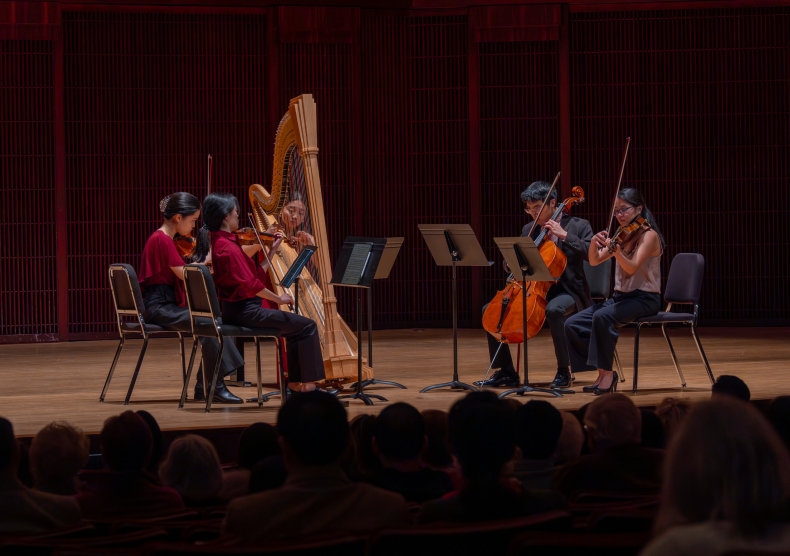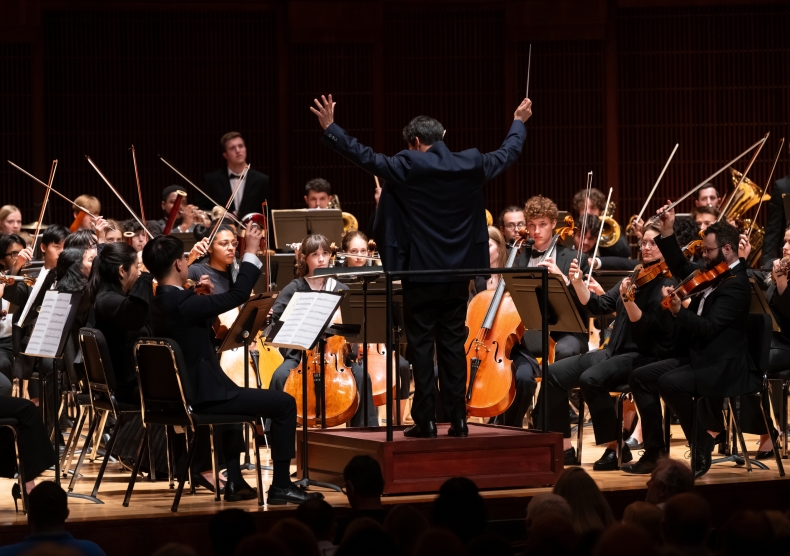Speaker: Dian Zhang Doctoral Candidate Thesis Defense Department: Shepherd School of Music Location: Alice Pratt Brown Hall Zoom
Béla Bartók was a transformative composer of the early 20th Century. Having assimilated the results of his pioneering work as a researcher of folk music, he synthesized authentic musical folklore with the contemporary musical avant-garde and formed an alternate musical path outside of Stravinsky’s neoclassicism and the atonality of Schoenberg. The two violin sonatas were composed in close succession in the early 1920s, during a period after Bartók had completed most of his ethnomusicological work, but was still influenced by the free atonal works of Schoenberg. I have detailed in this document the various processes of pitch, rhythm, and form within these two sonatas that illustrate the results of these two diametrically opposed musical sources. The first sonata, with its traditional three movement form, illustrates more of an adherence to classical sonata traditions than that of the second sonata. Although the thematic material in all three movements are inspired by folk sources, there is a general negation of the folk compared to the second sonata. Due to the traditional fast-slow-fast three movement scheme as well as the sonata forms of the outer movements and the ternary form of the middle, there is an uneasy coexistence between the folk element and western art music traditions; it is as if the folk influence is forced upon the classical sonata mold. The second sonata takes on an unusual continuous two movement scheme that is in essence an enlargement of the slow-fast lássu-friss form found in Eastern European folk music. Like the first sonata, this second sonata also utilizes various folk sources in its themes. Along with the sonata’s cyclicism, an organic unity exists between the two movements. The clear use of the cycle of fourths both in localized passages as well as in long-range tonal orientation, the prevalent usage of the pentatonic scale, and the clearer evocation of the melodic styles and rhythmic profile of authentic folk music all contribute to the deep integration of the folk element within this sonata, much more so than in the first. https://riceuniversity.zoom.us/j/96363687102?pwd=Skpzd0sxeHRpZ2tPakorVE… (Department : Shepherd School of Music)




